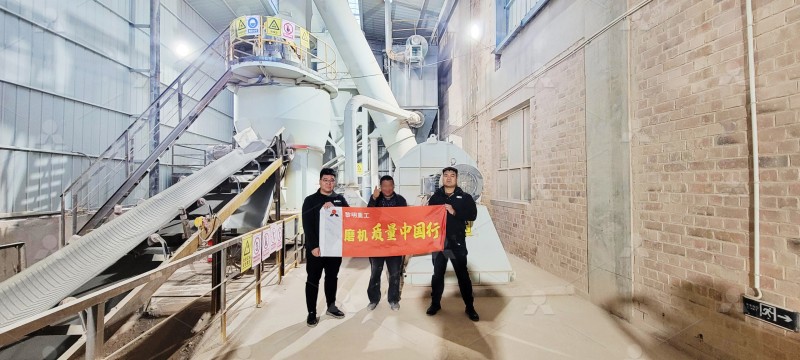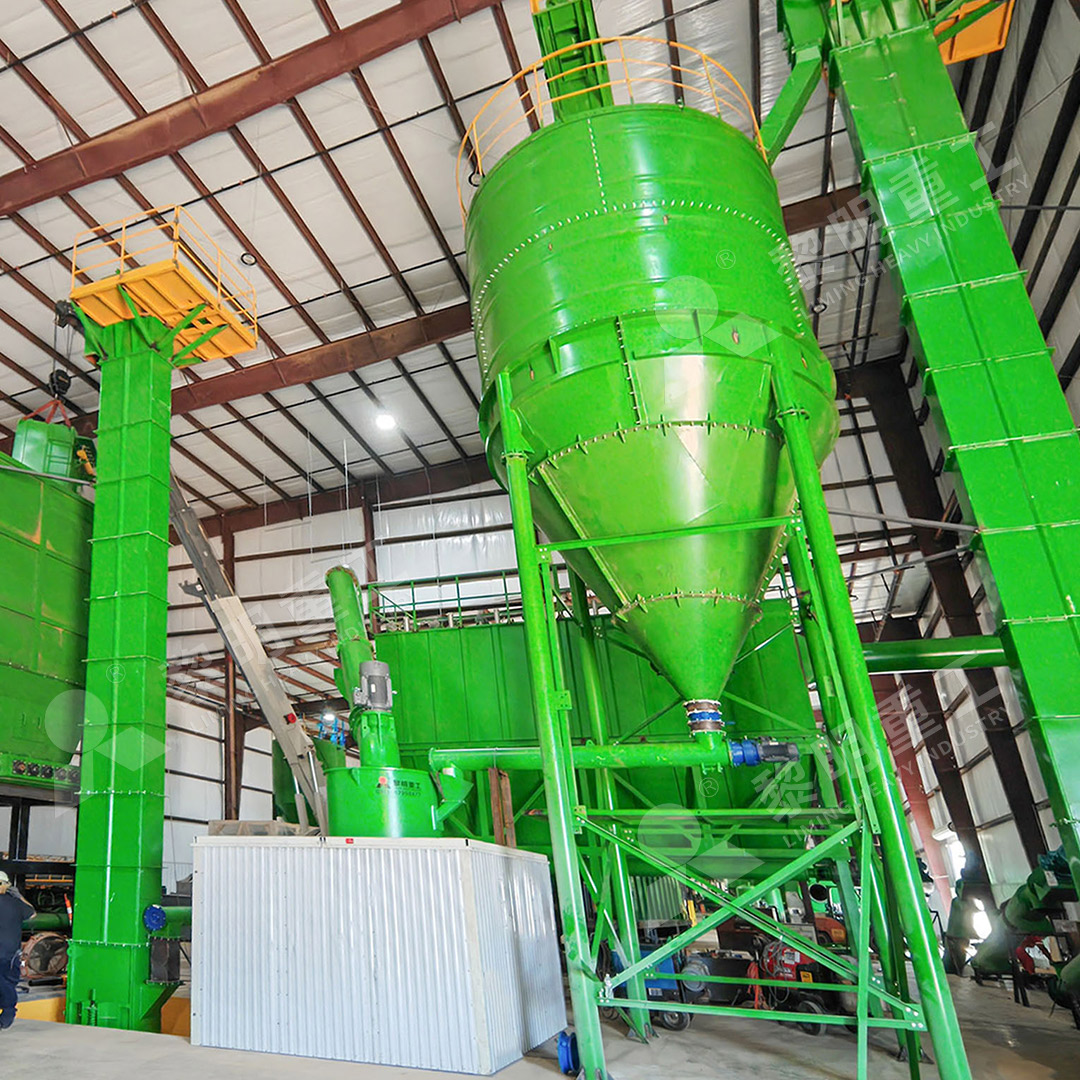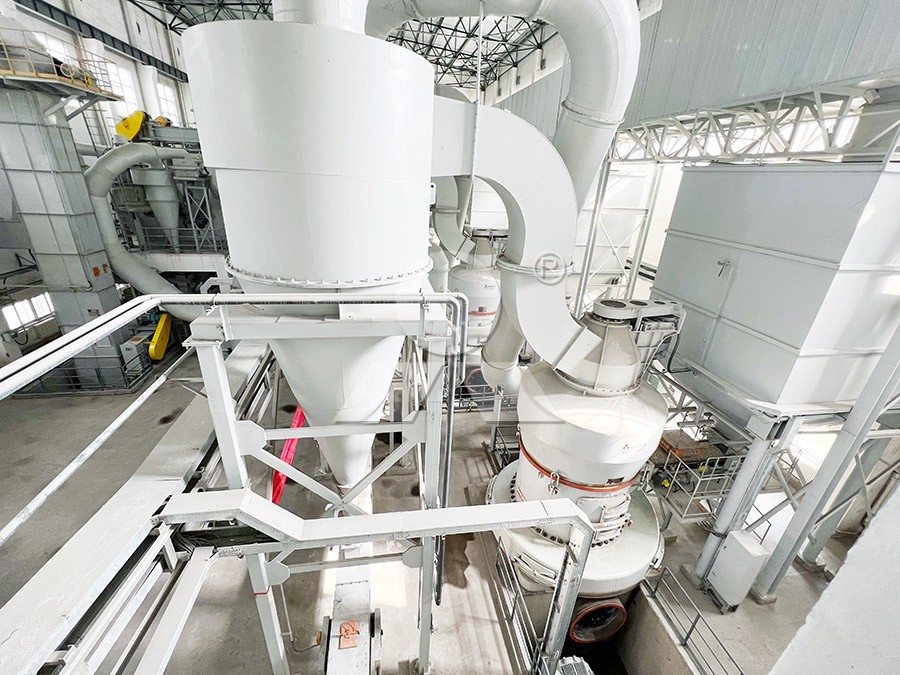How Does a Hammermill Crusher Process Limestone in Mobile Crushing Plants?
How Does a Hammermill Crusher Process Limestone in Mobile Crushing Plants?
In the world of aggregate production and mineral processing, mobile crushing plants have revolutionized how we approach material reduction. When it comes to processing limestone—one of the most versatile and widely used construction materials—the hammermill crusher stands as a workhorse in mobile configurations. Let’s examine how this robust equipment transforms raw limestone into valuable aggregate and powder products.
The Hammermill Crusher: A Mobile Powerhouse
At the heart of many mobile crushing operations, the hammermill crusher operates on a relatively simple principle: impact reduction. As limestone enters the crushing chamber, rapidly rotating hammers—typically mounted on a horizontal shaft—strike the material with tremendous force. These hammers repeatedly impact the limestone against breaker plates until the material fractures into smaller pieces that can pass through the bottom grate or screen.
What makes hammermills particularly effective for limestone processing is their ability to handle material with moderate to high moisture content without clogging—a common challenge with other crusher types. The combination of impact forces and the natural cleavage planes in limestone creates an efficient reduction process that yields well-shaped cubical product ideal for construction applications.

Mobile Configuration Advantages
When mounted on mobile platforms, hammermill crushers gain significant operational advantages. The ability to position the crusher directly at the quarry face eliminates costly truck hauling of raw material to stationary plants. This on-site processing approach substantially reduces fuel consumption, transportation costs, and environmental impact.
Modern mobile hammermill plants incorporate sophisticated feed systems that regulate material flow to optimize crusher performance. Vibrating grizzly feeders remove fine material before it enters the crushing chamber, preventing unnecessary wear and improving overall efficiency. Meanwhile, hydraulic adjustment systems allow operators to quickly modify product size specifications without downtime.
From Crushing to Powder Production
While hammermills excel at primary and secondary reduction of limestone, many operations require further processing to create fine powders for industrial applications. After initial crushing, the material often needs additional grinding to achieve the precise fineness required for products ranging from agricultural lime to industrial fillers.
For operations requiring ultra-fine limestone powder, our MW Ultrafine Grinding Mill provides an excellent downstream solution. This advanced grinding system takes crushed limestone with input sizes up to 20mm and processes it into powders ranging from 325 to 2500 meshes at capacities between 0.5-25 tph. The MW Mill’s innovative design eliminates rolling bearings and screws in the grinding chamber, significantly reducing maintenance concerns while its efficient pulse dust collector ensures environmentally friendly operation.

Integrated Processing Solutions
The most efficient limestone processing operations often combine mobile crushing with stationary grinding systems. A typical workflow might involve:
- Primary size reduction using mobile hammermill crushers at the quarry site
- Transport of appropriately sized material to centralized grinding facilities
- Final grinding using specialized equipment like our MW Ultrafine Grinding Mill
- Classification and packaging of finished products
This integrated approach leverages the mobility of hammermill crushers while benefiting from the precision and efficiency of dedicated grinding systems. For operations requiring different specifications, our LUM Ultrafine Vertical Grinding Mill offers another excellent option, processing 0-10mm limestone at 5-18 tph with exceptional energy efficiency.
Optimizing Performance and Longevity
Successful limestone processing with hammermill crushers requires attention to several key factors. Hammer selection and maintenance significantly impact operational costs—manganese steel hammers typically provide the best wear resistance for abrasive limestone applications. Regular rotation and replacement of hammers ensure consistent product gradation and prevent uneven wear patterns that can damage the crusher.
The grate or screen configuration directly controls final product size. Mobile plants often feature quick-change systems that allow operators to adapt to different product requirements throughout the workday. Proper maintenance of these components ensures consistent output quality and prevents material buildup that can reduce throughput.

Frequently Asked Questions
What is the typical production capacity of a mobile hammermill crusher processing limestone?
Production capacity varies significantly based on the specific model, limestone characteristics, and desired product size. Smaller mobile units might process 50-100 tph, while larger industrial plants can exceed 500 tph. The key factors influencing capacity include feed size, material hardness, moisture content, and hammer configuration.
How does moisture content affect hammermill performance with limestone?
Hammermills generally handle moisture better than many other crusher types, but excessive moisture (typically above 5-8%) can reduce throughput and increase the risk of material buildup in the crushing chamber. Some operations employ pre-drying or adjust hammer speed and configuration to optimize performance with higher-moisture material.
What maintenance considerations are unique to limestone processing with hammermills?
Limestone’s abrasiveness necessitates regular inspection and replacement of hammers, liners, and screens. Operators should establish routine maintenance schedules based on operating hours and throughput. Additionally, the calcium content in limestone dust requires particular attention to sealing systems and dust collection equipment to prevent premature wear.
Can the same mobile hammermill plant process different types of limestone?
Yes, mobile hammermills can process various limestone types, but adjustments may be needed for optimal performance. Softer, high-calcium limestone typically processes more efficiently than harder, dolomitic varieties. Operators may need to adjust hammer speed, screen configuration, and feed rate when switching between different limestone deposits.
